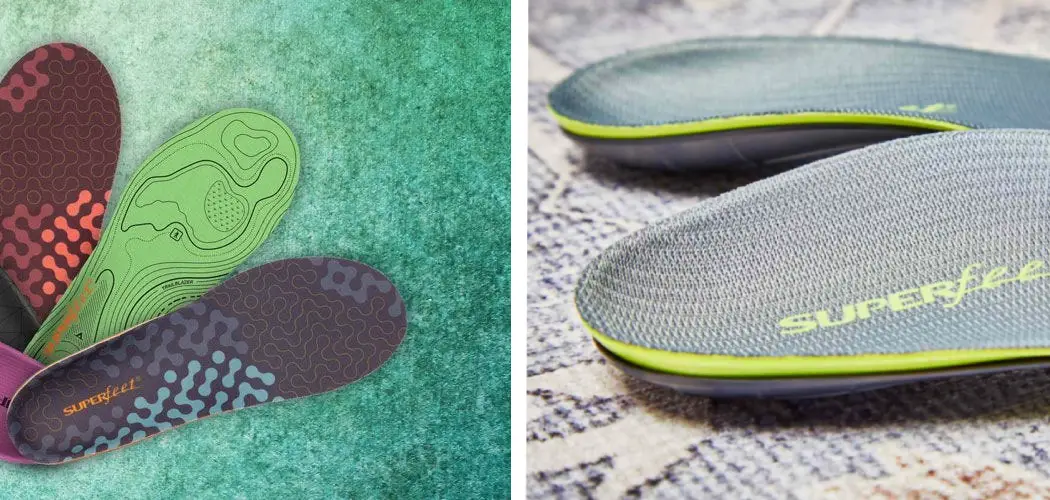Superfeet insoles are popular for their ability to provide enhanced support and comfort for various types of footwear. Over time, however, these insoles can accumulate dirt, sweat, and bacteria, leading to unpleasant odors and decreased effectiveness. Regular cleaning is essential to maintain the performance and longevity of your Superfeet insoles. Proper cleaning not only ensures that they remain hygienic but also helps preserve the materials and structure of the insoles.
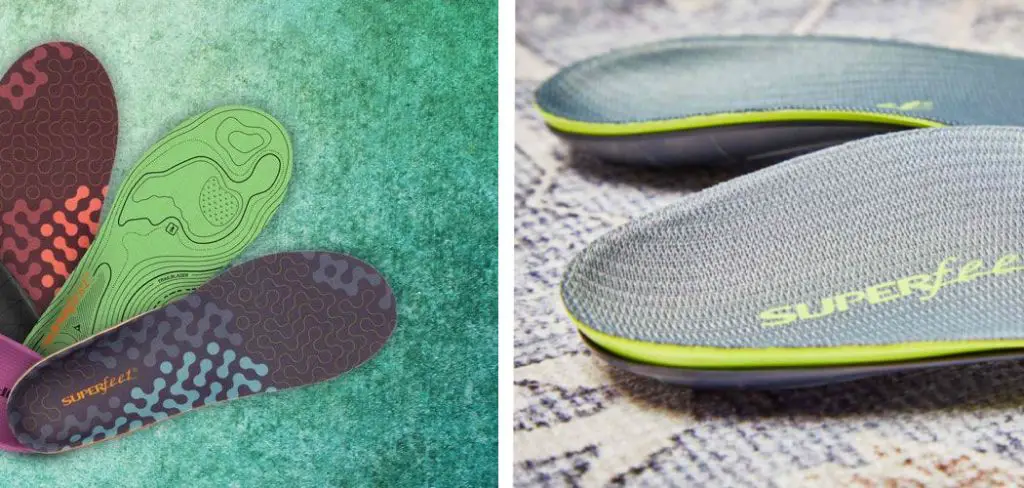
In this guide, we will explore effective methods of how to Clean Superfeet Insoles, including gentle washing techniques and the use of appropriate cleaning agents. By following these steps, you can keep your insoles fresh and in top condition, ensuring that they continue to provide the support and comfort your feet need. Whether you use your Superfeet insoles for daily wear, athletic activities, or specific foot conditions, maintaining them properly will enhance your overall foot health and footwear experience.
Importance of Cleaning Insoles
Cleaning your insoles regularly is crucial for several reasons. Firstly, it helps eliminate dirt, sweat, and bacteria that can accumulate over time. This accumulation not only produces unpleasant odors but can also lead to the growth of harmful bacteria and fungi, potentially causing foot infections or discomfort. Furthermore, clean insoles contribute significantly to foot hygiene, ensuring a healthier environment within your shoes.
In addition to health benefits, regular cleaning preserves the material quality and structural integrity of the insoles, extending their life span. This means you get more value out of your investment, avoiding the need for frequent replacements. Clean insoles also maintain optimal performance, ensuring the support and comfort Superfeet is known for, remains consistent. By keeping insoles clean, you support your overall foot health, comfort, and hygiene.
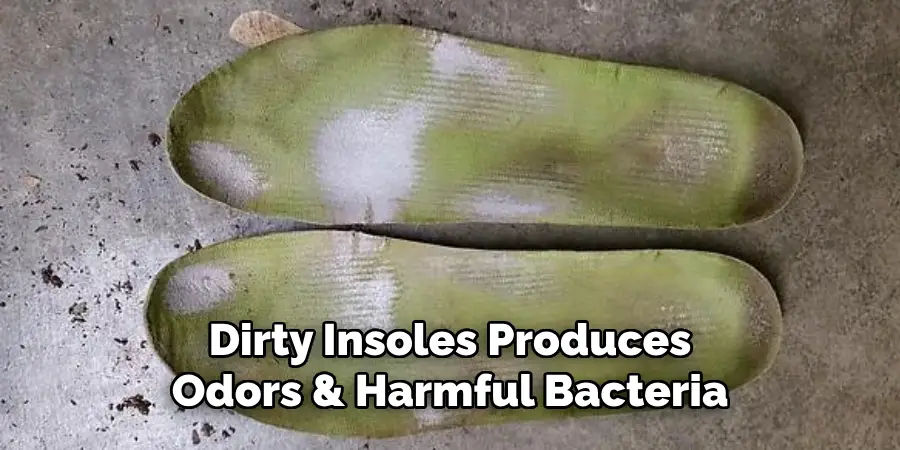
Why Regular Cleaning is Important
Regular cleaning of Superfeet insoles is paramount for several compelling reasons. Primarily, it prevents the buildup of dirt and grime which, if left unchecked, can substantially reduce the insoles’ effectiveness in providing support and comfort. Additionally, sweat and moisture from daily wear can seep into the insoles, creating an ideal breeding ground for bacteria and fungi. These microorganisms can not only degrade the insole materials over time but also lead to unpleasant foot odors and even infections.
By instituting a routine cleaning regimen, you safeguard not only the hygiene and durability of the insoles but also contribute significantly to your overall foot health. This practice ensures that the insoles maintain their designed shape and supportive properties, thereby extending their utility and preventing the need for premature replacements. In essence, regular cleaning is a simple yet critical step towards sustaining the quality and effectiveness of your Superfeet insoles, ensuring they continue to enhance your walking or running experience.
Extending the Life of Your Insoles
Ensuring that your Superfeet insoles have a long and effective life goes beyond regular cleaning; it also involves proper care and usage practices.
Firstly, rotating between pairs of insoles can significantly reduce wear and tear, giving them time to air out and return to their original shape between uses.
Secondly, avoid exposing your insoles to extreme temperatures, such as leaving them in a hot car or near a radiator, as heat can warp and damage the materials.
Thirdly, when drying your insoles after washing, always air dry them away from direct heat sources to prevent shrinking or warping.
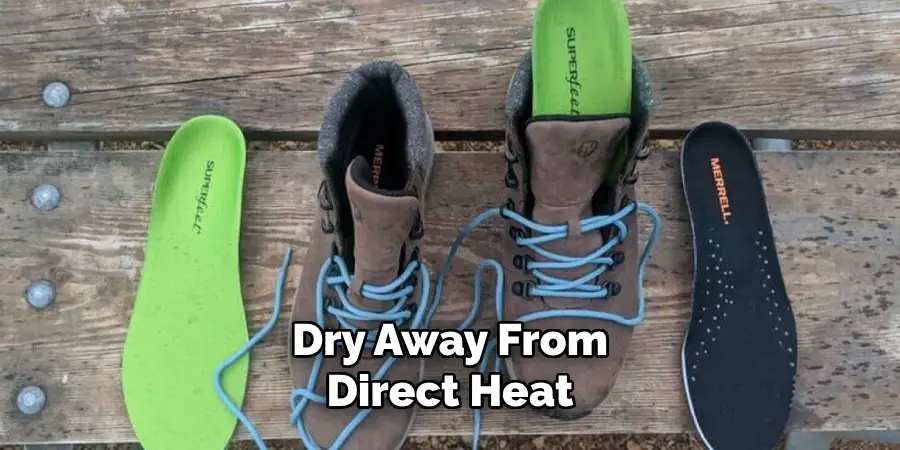
Additionally, it’s important to correctly insert and remove the insoles from your shoes to prevent creasing or bending that could affect their structural integrity. By adhering to these care instructions, you can extend the lifespan of your Superfeet insoles considerably, ensuring they continue to provide optimal support and comfort for as long as possible.
Preventing Build-Up of Dirt, Sweat, and Odors
To keep Superfeet insoles functioning at their best and extend their lifespan, it’s crucial to prevent the accumulation of dirt, sweat, and odors. Effective preventative measures start with daily habits and proper shoe care. Firstly, ensuring your feet and socks are clean before wearing your shoes can significantly reduce the buildup of sweat and bacteria on the insoles. Choosing socks made of moisture-wicking materials can also help by keeping feet dryer and cooler, thus minimizing sweat accumulation.
Secondly, it’s beneficial to have more than one pair of insoles if possible, allowing you to rotate them regularly. This rotation gives each pair enough time to air out, dry completely, and recover from any compression, reducing the chances of bacteria and odor buildup.
Additionally, consider using a foot or shoe deodorizer designed for athletic gear to help neutralize any odors that do develop. Some deodorizers also have antibacterial properties, offering an extra layer of protection against microbial growth.
Finally, storing your shoes and insoles in a well-ventilated area helps in keeping them dry and odor-free. Avoid storing shoes in damp, enclosed spaces like gym bags or lockers for extended periods. Implementing these strategies can greatly assist in maintaining your insoles’ cleanliness, functionality, and overall freshness.
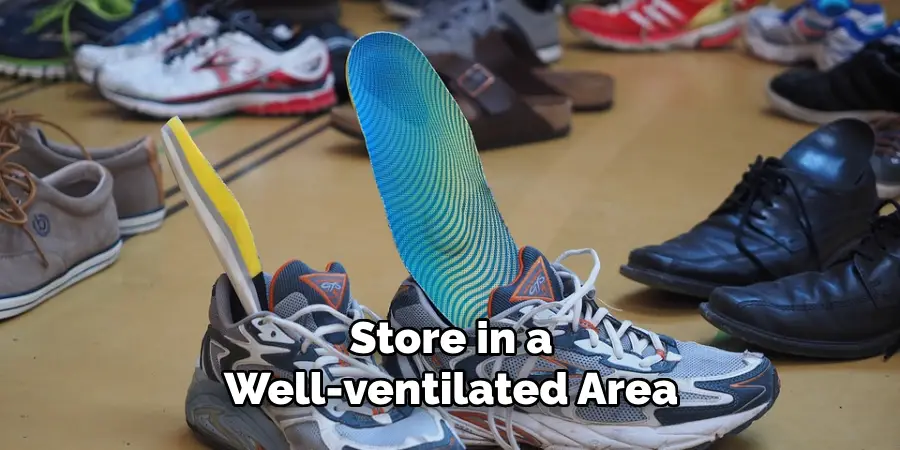
Maintaining Hygiene and Freshness
To sustain hygiene and freshness in both Superfeet insoles and footwear, consistent care is paramount. Apart from regular cleaning, establishing a habit of airing out shoes and insoles after each use plays a critical role. This simple action facilitates the evaporation of moisture accumulated throughout the day, significantly reducing the likelihood of odor-causing bacteria and fungal growth. For individuals who are particularly active or prone to foot perspiration, investing in moisture-absorbing inserts or silica gel packets provides an additional layer of defense against dampness.
Equally important is the practice of alternating footwear. Giving shoes a full day to dry and recover before wearing them again can vastly improve the internal environment of the shoes, contributing to healthier feet and longer-lasting insoles and footwear. Additionally, applying a thin layer of antibacterial powder or spray directly onto the insoles can further prevent microbial growth, keeping the insoles fresh and hygienic over prolonged periods. By integrating these practices into your foot care routine, you ensure that your Superfeet insoles and shoes remain comfortable, hygienic, and odor-free, thereby supporting your overall foot health and comfort.
The Lifespan and Performance of Insoles
The lifespan and performance of Superfeet insoles are influenced by several factors, including the frequency of use, the intensity of activities they’re subjected to, and the level of care they receive. Typically, Superfeet insoles are designed to deliver reliable support and comfort for up to 12 months or 500 miles of use, whichever comes first. However, this is a general guide and the actual lifespan can vary significantly from one individual to another, depending on personal usage patterns and maintenance efforts.
To ensure that your insoles maintain peak performance throughout their life, it’s crucial to monitor them for signs of wear and tear. Noticeable changes in the structure, such as flattening of the arch support, fraying of the material, or a diminished rebound in cushioning areas, indicate that the insoles are nearing the end of their functional life and should be replaced. By regularly assessing the condition of your insoles and adhering to recommended care practices, you can maximize their lifespan and continue enjoying the benefits of enhanced foot support and comfort in your daily activities.

10 Methods How to Clean Superfeet Insoles
1. Regular Surface Cleaning
For everyday maintenance, a regular surface cleaning can keep your Superfeet insoles in good condition. Remove the insoles from your shoes and gently brush off any loose dirt or debris using a soft-bristled brush or a dry cloth. This method helps prevent the buildup of grime and sweat that can lead to odors and bacteria growth. By making this a part of your routine, you can extend the life of your insoles and maintain their freshness with minimal effort.
2. Mild Soap and Water Wash
A mild soap and water wash is suitable for more thorough cleaning. Fill a basin with lukewarm water and add a few drops of mild liquid soap or dish detergent. Remove the insoles from your shoes and immerse them in the soapy water. Use a soft cloth or sponge to gently scrub the surface, paying particular attention to any stained or soiled areas. Rinse the insoles thoroughly with clean water to remove all soap residue. Allow them to air dry completely before placing them back in your shoes. This method is effective for removing sweat and light dirt while being gentle on the insoles’ materials.
3. Using Baking Soda for Odor Control
Baking soda is a natural deodorizer that can help eliminate odors from your Superfeet insoles. Sprinkle a generous amount of baking soda over the surface of the insoles and let it sit overnight. The baking soda will absorb moisture and neutralize odors. In the morning, shake off the excess powder and brush the insoles lightly to remove any remaining residue. This method is particularly useful for insoles that have developed a persistent smell from extended use.
4. Vinegar Solution for Deep Cleaning
A vinegar solution offers a deeper clean, especially for insoles that are heavily soiled or have persistent odors. Mix equal parts of white vinegar and water in a spray bottle. Remove the insoles from your shoes and spray them with the vinegar solution, ensuring even coverage. Allow the solution to sit for about 15-20 minutes to break down dirt and kill bacteria. Rinse the insoles with lukewarm water and let them air dry completely. The vinegar will help disinfect and deodorize your insoles, leaving them fresh and clean.
5. Disinfecting with Rubbing Alcohol
Rubbing alcohol is an effective disinfectant that can be used to clean Superfeet insoles, especially after exposure to environments that might harbor bacteria and fungi. Dampen a cloth or cotton ball with rubbing alcohol and wipe down the surface of the insoles thoroughly.
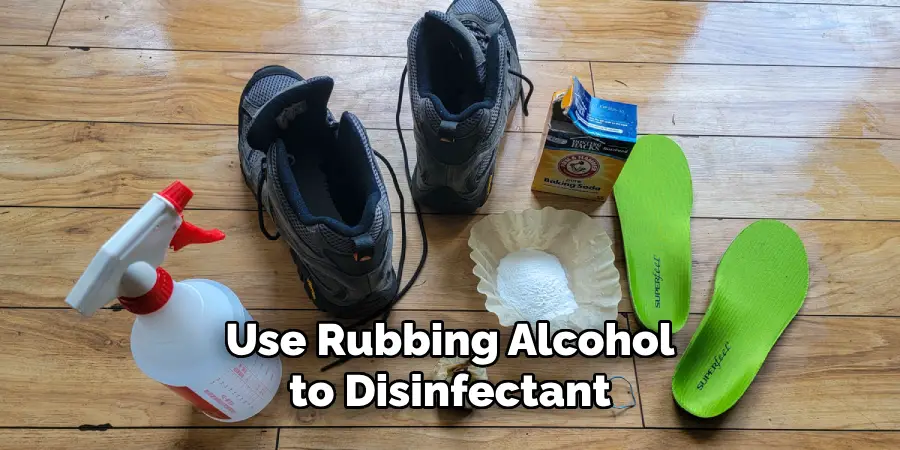
The alcohol will evaporate quickly, so there is no need to rinse the insoles afterward. This method is ideal for killing germs and maintaining hygiene, particularly if you use your insoles in athletic or high-moisture environments.
6. Cleaning with a Toothbrush
For insoles with intricate patterns or textures that trap dirt, using a toothbrush can be highly effective. Dip a soft-bristled toothbrush in a mixture of mild soap and water, then scrub the insoles gently. The small bristles can reach into crevices and remove embedded dirt that a cloth or sponge might miss. Rinse the insoles thoroughly and allow them to air dry. This method ensures a deep clean without damaging the insoles’ structure.
7. Machine Washing (If Permitted)
Some Superfeet insoles are machine washable, but it’s crucial to check the manufacturer’s instructions before using this method. If machine washing is allowed, place the insoles in a mesh laundry bag to protect them. Use a gentle cycle with cold water and mild detergent. Avoid using bleach or fabric softeners, as these can degrade the materials. After washing, remove the insoles from the bag and let them air dry completely. This method provides a convenient and thorough clean, but it should only be used if explicitly recommended by the manufacturer.
8. Hand Washing with Warm Water and Soap
For a gentle yet effective clean, hand washing with warm water and soap can be an excellent option. Fill a basin with warm water and add a small amount of mild soap. Submerge the insoles and use your hands to agitate the water and gently scrub the insoles. Focus on areas with visible stains or odors. Rinse the insoles thoroughly under running water to remove all soap. Press out any excess water and lay the insoles flat to air dry. This method is gentle on the materials and ensures a thorough clean.
9. Using Essential Oils for Freshness
Essential oils like tea tree oil, eucalyptus, or lavender not only clean but also impart a pleasant scent to your insoles. Add a few drops of essential oil to a bowl of water. Dip a cloth in the mixture and wipe down the insoles, ensuring even coverage. The natural antibacterial properties of essential oils help kill germs, while their fragrance leaves your insoles smelling fresh. After cleaning, let the insoles air dry completely. This method combines cleaning with deodorizing, providing a holistic approach to maintaining your insoles.
10. Drying and Storage Tips
Proper drying and storage are as important as the cleaning process itself. After cleaning your Superfeet insoles, always allow them to air dry completely in a well-ventilated area. Avoid direct sunlight or heat sources like radiators, as these can warp or degrade the materials. Place the insoles on a clean towel or drying rack to speed up the drying process. Once dry, store the insoles in a cool, dry place. If you’re not using them for an extended period, consider placing them in a breathable storage bag to protect them from dust and moisture. Proper drying and storage ensure your insoles remain in good condition and are ready for their next use.

Things to Consider When
When choosing a method to clean and maintain your Superfeet insoles, there are several factors to keep in mind to ensure both their effectiveness and longevity:
- Material Compatibility: Always check the material of your insoles before selecting a cleaning method. Some materials may be sensitive to water, harsh detergents, or high heat, which could cause damage.
- Level of Dirtiness: Assess how dirty your insoles are. Lightly soiled insoles may only need a quick refresh with baking soda or essential oils, while heavily soiled ones might require a more thorough approach, such as hand washing or using a vinegar solution.
- Odor Severity: If odor removal is your primary concern, consider using methods specifically targeting odors, such as baking soda or essential oil treatments, which can neutralize smells effectively.
- Insole Usage: Think about how you primarily use your insoles. High-impact activities or use in moist environments may necessitate more frequent cleaning and disinfection to prevent bacteria and fungi growth.
- Manufacturer’s Instructions: Always refer to the manufacturer’s care instructions provided with your Superfeet insoles. These guidelines are designed to maximize the life of your insoles while ensuring they perform as intended.
- Drying Time: Consider the drying time after cleaning. Some methods may require a longer drying period, which could affect when you can wear your shoes next.
- Frequent Maintenance: Regular, light cleaning can prevent the build-up of dirt and odors, prolonging the life of your insoles and reducing the need for more intensive cleaning methods.
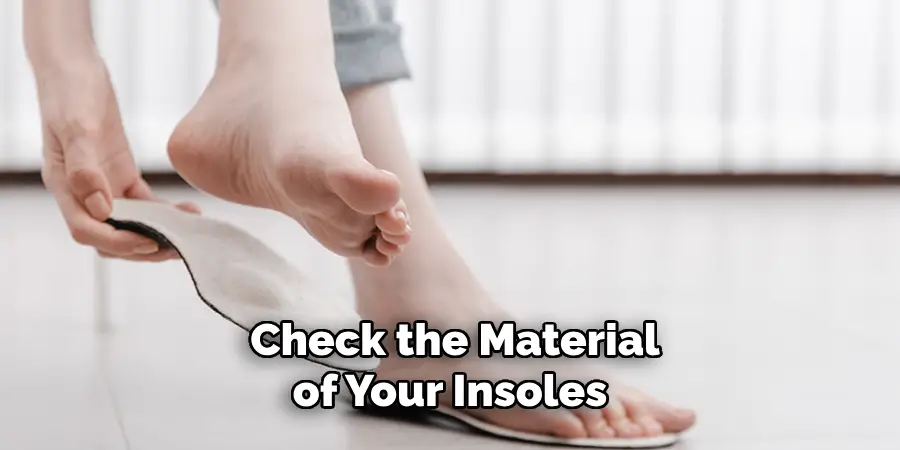
By taking these factors into account, you can choose the most appropriate cleaning and maintenance method for your Superfeet insoles, keeping them in optimal condition for continued support and comfort.
Conclusion
Cleaning your Superfeet insoles regularly is crucial for maintaining their performance, comfort, and longevity. By following these ten methods, you can ensure that your insoles remain hygienic, fresh, and supportive. From simple surface cleaning to deep cleaning techniques using natural and commercial solutions, each method is designed to address different levels of soiling and odors. Proper drying and storage further enhance the lifespan of your insoles, ensuring they continue to provide the necessary support for your feet. Thanks for reading, and we hope this has given you some inspiration on how to clean superfeet insoles!

